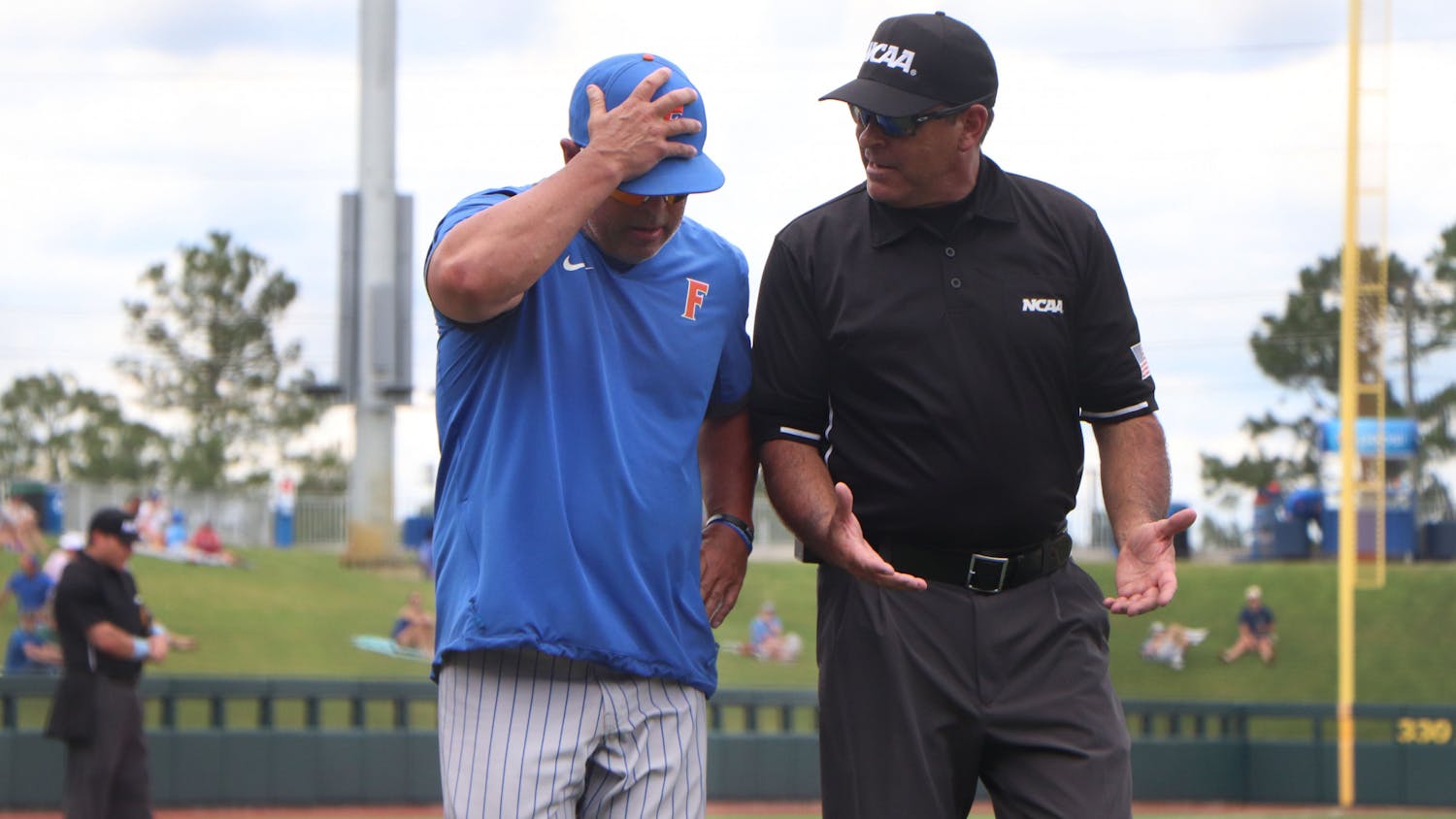Three chemical incidents have called fire and police department officials to Sisler Hall in this school year, and the chemistry department is reacting.
The first two events — both explosions, one on Oct. 11 and one on Jan. 11 — happened in synthesis labs. The third, which happened March 15, involved a student who felt faint, according to a University Police report.
In response, the department and UF’s Environmental Health & Safety division of Business Affairs have partnered to emphasize the significance of staying safe. Their focus is training students to always think about safety, said Daniel Talham, chair of the chemistry department.
“We’re trying to change the culture so people take safety as seriously here as they do in an industrial lab,” he said. “Where we’ve fallen down is really stressing the importance that safety is everybody’s responsibility, all day, every day.”
After the October explosion, EHS representatives came to synthesis labs and ran special review sessions about handling hazardous materials and using protective equipment.
The students were concerned and cooperative, said EHS Director Bill Properzio.
“Nobody working in these labs wants to injure themselves,” he said.
To have three incidents within a relatively short amount of time is unusual, said UPD spokesman Maj. Brad Barber. But he said it’s not unusual that they occurred in a chemistry building. UPD is not currently involved in the EHS’s ongoing investigations of the incidents.
The two explosions involved students from a research group under chemistry professor Alan Katritzky, and involved sodium azide, Talham said.
Sodium azide is a commonly used reagent, Talham said. But when it’s transformed in large quantities, the situation can become dangerous. Hydrogen azide, a volatile and potentially ignitable gas, could have formed and caused the explosions, Talham said.
The most recent event may have involved a repositioned fume hood, Talham said.
The hood is designed to ventilate potentially hazardous fumes. The lower the hood is, the more powerful the suction is. If a student pushes it up for convenience or to reach further underneath, the ventilation is not as strong.
Representatives from the chemistry department, EHS and chemical engineering department also formed a review panel to examine potentially dangerous synthesis experiments, Talham said.
Since January, synthesis students in professor Katritzky’s group have been restricted to only performing experiments approved by the panel, Properzio said.
“It’s four or five sets of eyes to look and make sure all the important safety questions have been asked,” Talham said.
The panel is still in trial stages, but its members have examined about 50 projects so far. This fall, they hope to expand.
Sodium azide has not been re-approved for use in Katritzky’s group, Properzio said.
“I can’t recall us ever shutting down or doing the level of intensive review we’ve had to do,” he said.
Contact Julia Glum at jglum@alligator.org.





